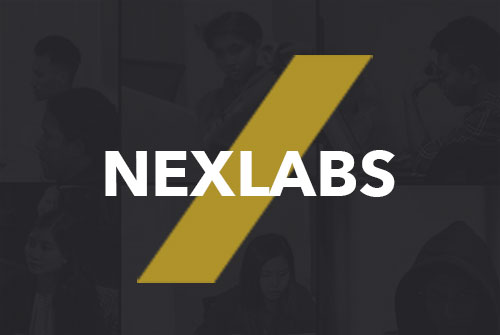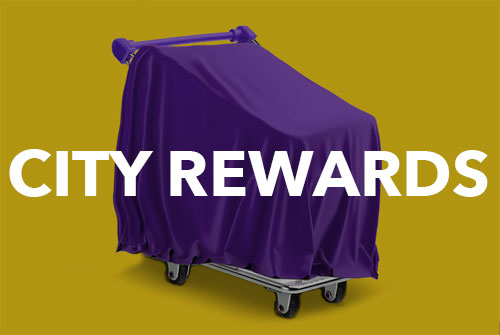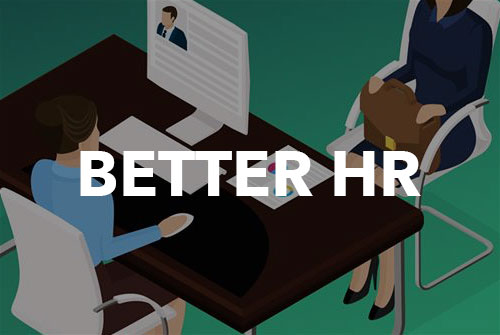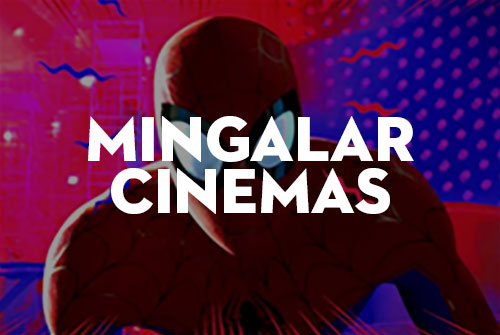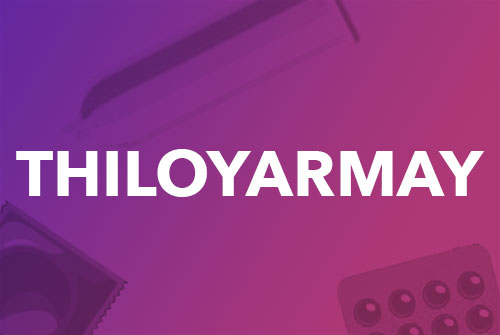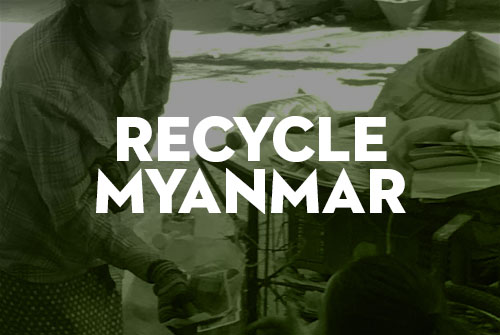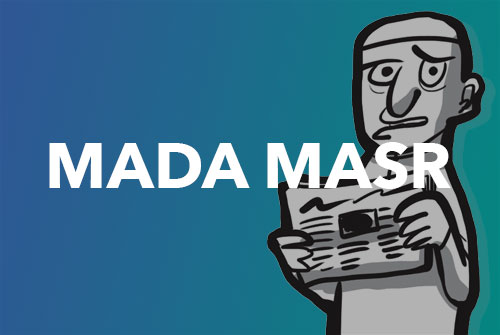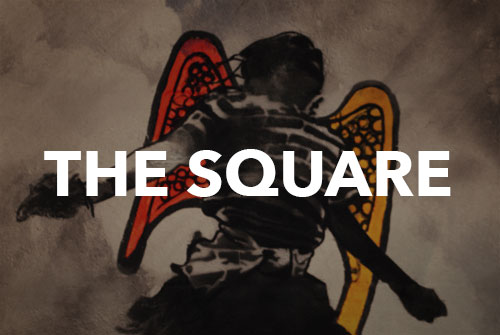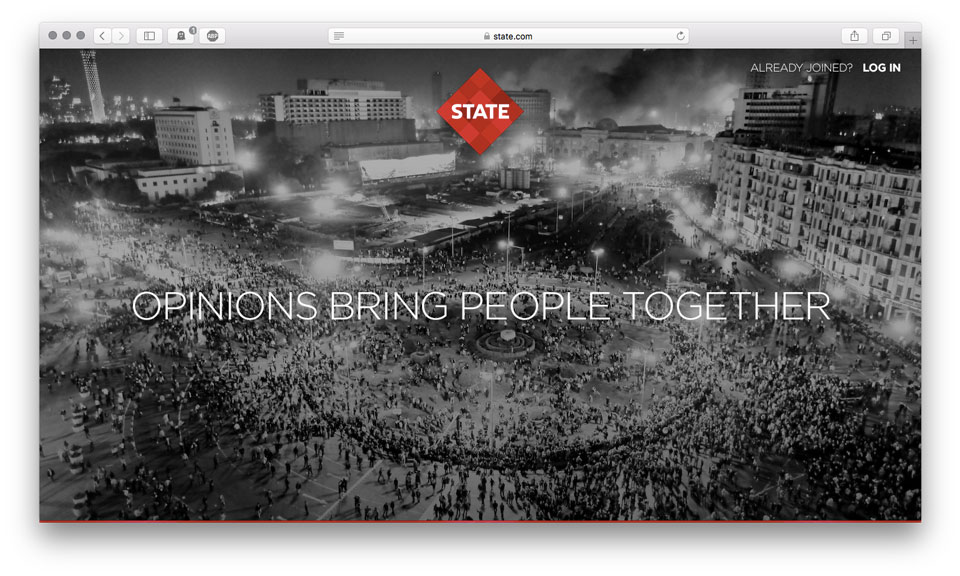
When I arrived in London I had to get a job, sharpish. I was doing some freelance web design, but not enough to cover the capital’s ridiculous monthly rent.
I found an ad for a job on gumtree looking for someone to do multi-media archiving for an interesting project, which I thought I could have a go at. I sent an email and had a phone-interview that evening. The guy told me he thought I’d be terrible at that job, but he maybe had another project that might suit.
I turned up at his office the next day wearing my smartest wraparound trousers, and met a team of 3 guys working on a website. I figured it’d take me a couple of weeks to skin their site, and they seemed like nice people, so why the hell not.
By the time I left, a few *years* later, the project had grown a bit. There were now more than 30 people in the team, we had top-class designers and engineers, we had funding of $14m, and one of our advisory board members had invented the web.
Wait, back up a minute…
Yeah, so after a long time in R&D, the product we ended up developing was called State. I worked on UX, product and interface design, conceptual frameworks, market and competitor research, branding, prepared investor presentations, designed responsively across multiple platforms, ran user tests, wrote copy, dreamt up and proved concepts, killed darlings, and invented things that Facebook could only dream of.
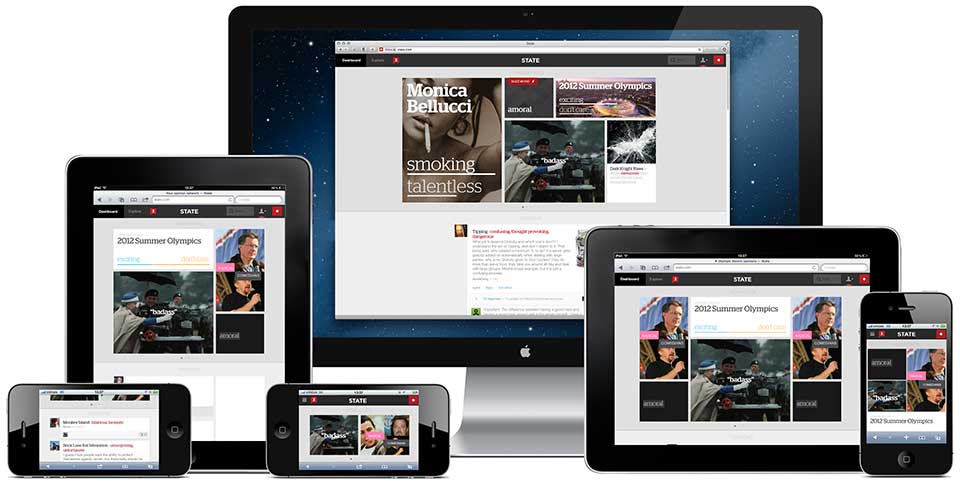
State aimed to connect every opinion you had with everyone else’s opinion. We enabled quick-form opinion-giving so adding your thoughts was simple and provided immediate feedback — to introduce you to more people or inspire you to think more broadly with counter-points or content relevant to whatever was on your mind. We set it up so every conceivable topic was in the database, so you could state opinions on things, concepts, articles, websites, photos and media, locations, music — all of it would be connected.
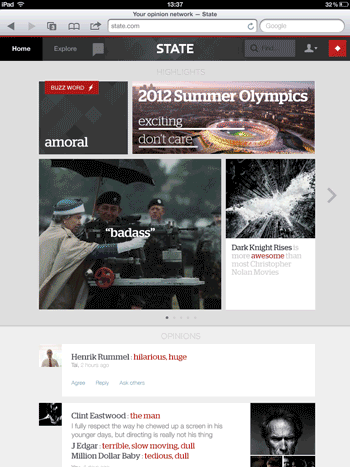
User profiles created on State were different from those on any other social network — the more you interacted here, the more it truly represented who you are. Just as the highlights of the entire network were presented on your homepage, we’d consolidate your opinions into a dashboard of your own.

You could State on the web, on mobile devices, via a beautiful app, using a bookmarklet on any website, and we had several tie-ups with publications who embedded our widget so people could react to their content in a more connected way. Every opinion was immediately connected to everything else in the network, so whatever your entry point you could always find a broader perspective. No more “If you liked this then you might like…” shoddy recommendation engines, this network would provide context and personal connections that would respond to how you actually felt. It was the social web all grown up.
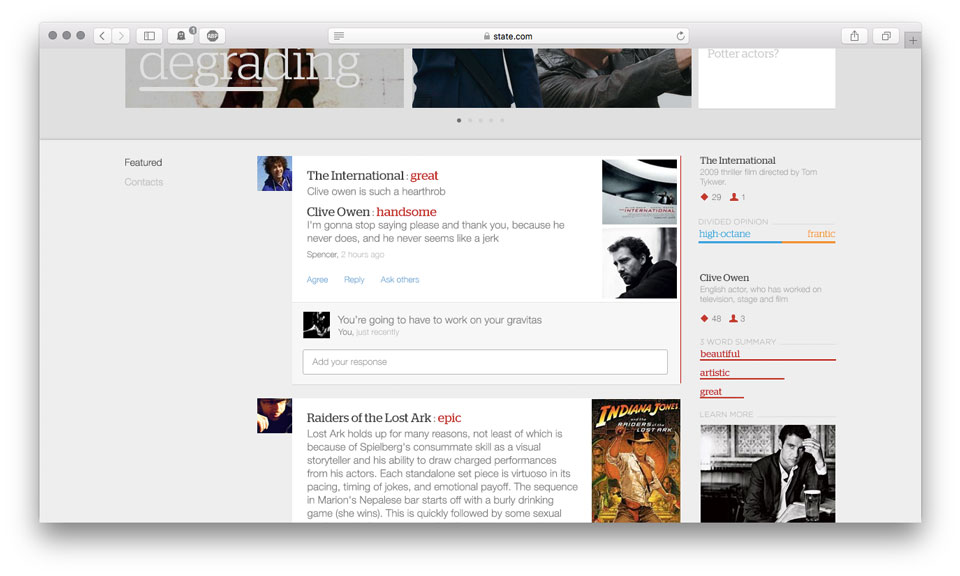
It had a social element to it because I realised early-on that many people are stimulated to think aloud by others doing the same. Every opinion would spur others, and we often actively want our friend’s perspectives on the things we care about.
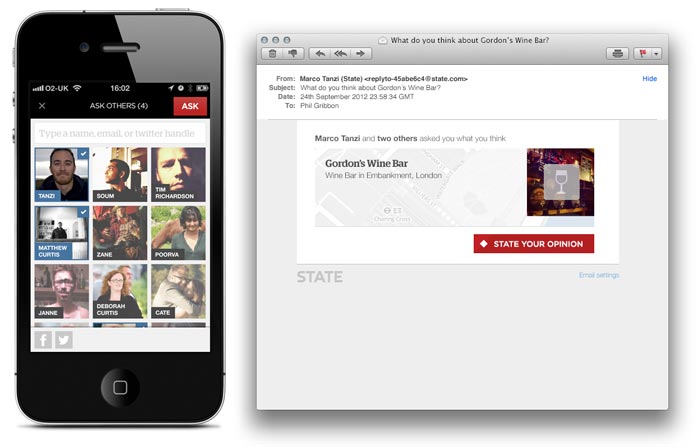
It didn’t work.
Or at least, the project has been put into hibernation-mode for now. Still, getting to think about how to relate everything to everything else, and how to represent that, and how we could codify meaning and intent, and how to create flexibility in the network structure to allow for the internet to do its thing — it was 4 years of the most stimulating work I’ve ever done.


